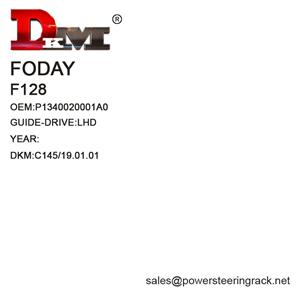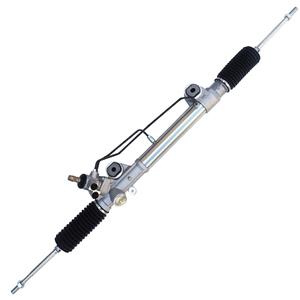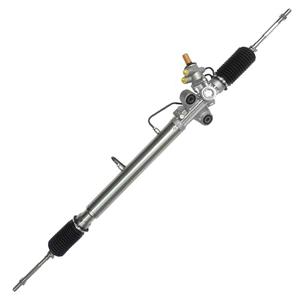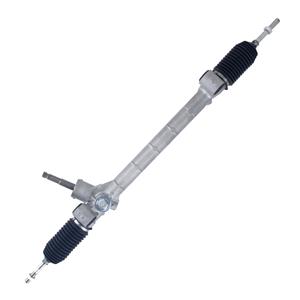What causes rack and pinion damage? Does bumpy roads have an impact?
The rack and pinion system is an important part of the car's steering system, which converts the rotation of the steering wheel into left and right steering of the front wheels. Over time and with the use of the vehicle, the rack and pinion system may become damaged, which not only affects the driving experience, but may also pose a safety hazard.
This article will delve into the main causes of rack and pinion damage and analyze whether driving on bumpy roads will accelerate their wear or damage.
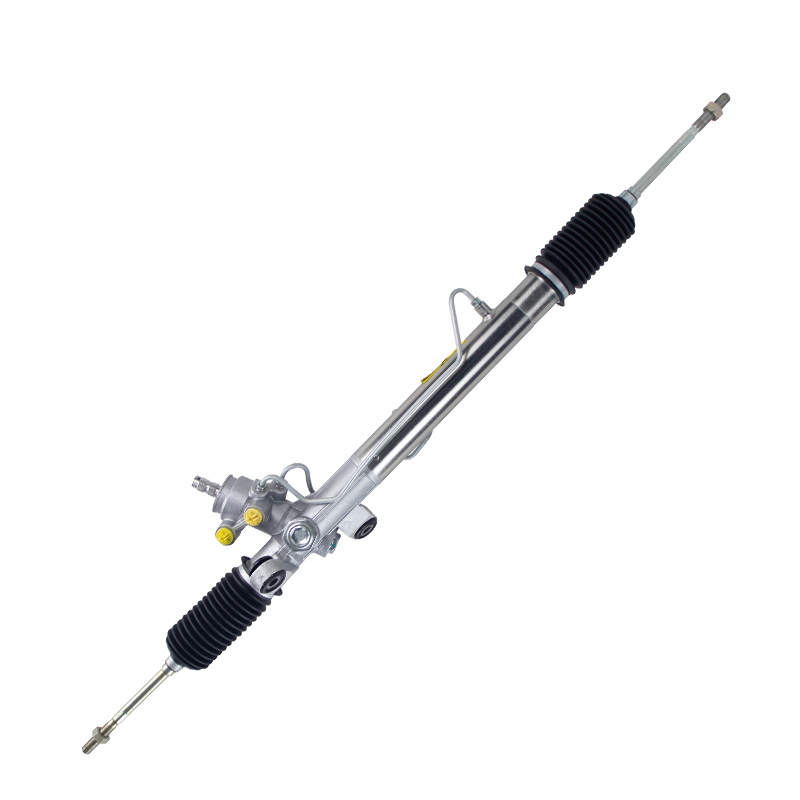
How does the rack and pinion system work?
Before analyzing the causes of rack and pinion damage, it is necessary to understand how the system works. The rack and pinion system drives the linear movement of the rack through the rotation of the gear, thereby achieving wheel steering. The core components of the system include:
● Gear: Connected to the steering wheel shaft, responsible for transmitting the steering wheel's rotational motion to the rack.
● Rack: Meshes with the gear, converts the gear's rotational motion into linear motion, and drives the wheel to steer.
● Ball head and tie rod: Connect the rack to the wheel suspension system to transmit steering force.
The system relies on the precise meshing between the gear and the rack to achieve smooth, precise steering operation.
What causes rack and pinion damage?
Wear and aging
As the vehicle is used, the friction between the rack and pinion causes the surface of the components to gradually wear out. Although these components are usually made of high-strength metal, continued use will inevitably lead to wear. When the wear reaches a certain level, the meshing accuracy between the rack and pinion is reduced, the steering response becomes sluggish or inaccurate, and it may eventually lead to failure of the rack and pinion system.
In addition, over time, the rubber seals and lubricants on the rack and pinion will also age. The aging of the seals can cause hydraulic oil to leak, which will make the rack and pinion poorly lubricated and accelerate the wear process.
Insufficient lubrication
Lubrication plays a vital role in the rack and pinion system. Lubricants can reduce the friction between the rack and pinion and reduce the wear rate. However, if the lubrication is insufficient, the friction between the rack and pinion increases, causing rapid wear of the surface of the components and even metal fatigue and cracking. In addition, contamination or deterioration of the lubricant will also reduce the lubrication effect and further increase the wear of the system.
Hydraulic system failure
In the hydraulic power steering system, the role of hydraulic oil is particularly important. Hydraulic system failure may lead to insufficient pressure, which in turn makes the operation of the rack and pinion system lose stability. Common hydraulic system failures include hydraulic pump failure, hydraulic oil pipeline rupture or leakage. These problems not only affect the sensitivity of steering, but also may cause abnormal wear of rack and pinion.
Improper driving habits
Improper driving habits are also one of the important reasons for rack and pinion damage. For example, turning the steering wheel hard when the vehicle is stationary, frequently turning the steering wheel to the end, or turning suddenly at high speed will cause excessive stress on the rack and pinion system. These excessive stresses will cause premature wear of the rack and pinion, and even deform or break the components.
External impact and damage
In a traffic accident, when the wheel is subjected to a strong impact, the rack and pinion may be seriously damaged. This damage is usually manifested as a bent rack, a broken pinion, or a deformed ball head and tie rod. These problems not only affect the normal function of the steering system, but also cause serious safety hazards during driving.
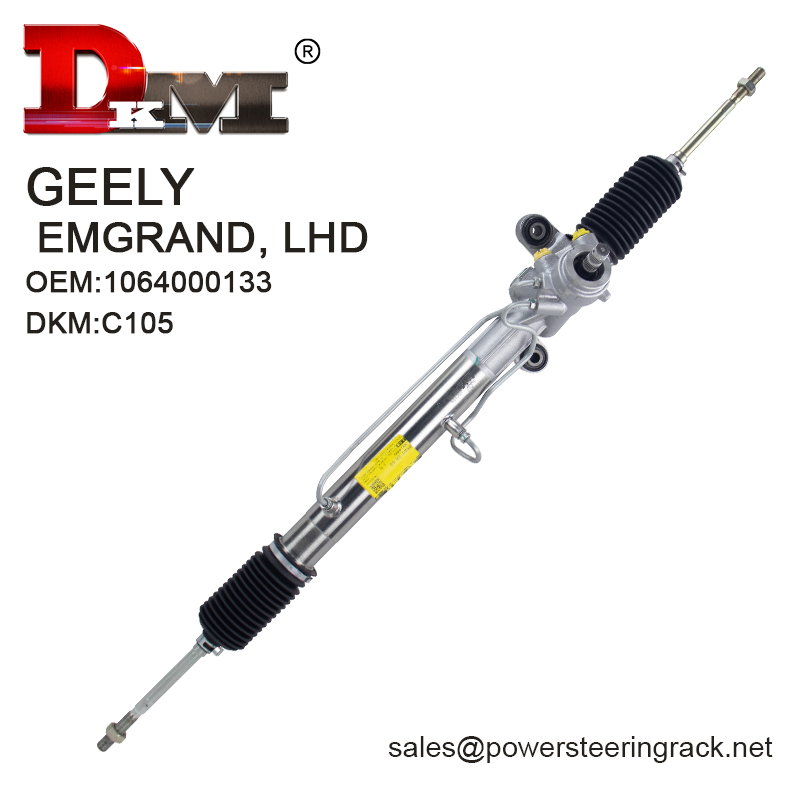
Can bumpy roads cause rack and pinion damage?
The driving environment on bumpy roads is full of challenges. The bumpy roads, frequent vibrations and sudden impacts will all have an impact on the vehicle's steering system. So, will bumpy roads accelerate the damage of racks and pinions?
Continuous vibration and impact
When driving on bumpy roads, the vehicle's suspension system constantly absorbs impact forces, but it cannot completely isolate these forces from being transmitted to the steering system. Racks and pinions will bear greater loads under such continuous vibration and impact. This load may cause fatigue on the surface of racks and pinions, resulting in tiny cracks. Over time, these cracks may expand and eventually lead to component damage.
Wear of tie rods and ball heads
Driving on bumpy roads will not only increase the wear of racks and pinions, but also damage the tie rods and ball heads that connect the racks and wheels. Wear of tie rods and ball heads will cause uneven force transmission in the rack and pinion system, further exacerbating the wear of racks and pinions. In addition, damage to tie rods and ball heads will also cause problems such as loose steering and inaccurate steering.
Seal damage and hydraulic oil leakage
Driving on bumpy roads may cause the rubber seals on the rack and pinion to be overstretched and compressed, increasing the aging rate of the seals. Seal damage can cause hydraulic oil leakage, resulting in insufficient lubrication, which accelerates the wear of the rack and pinion. In addition, hydraulic oil leakage may also cause steering power failure, making driving more difficult and dangerous.
Metal fatigue
Due to frequent vibrations on bumpy roads, the metal parts of the rack and pinion are prone to metal fatigue under repeated stress. Metal fatigue manifests as microscopic changes in the internal structure of the material, resulting in a decrease in strength, which may eventually lead to the fracture of the rack or pinion.
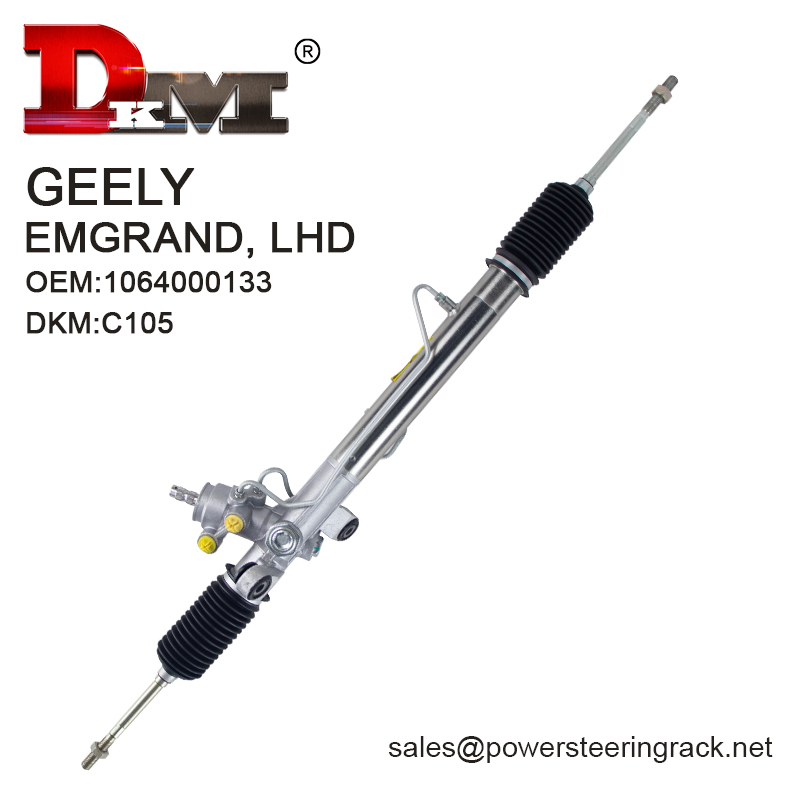
How to reduce rack and pinion damage?
Avoid turning the steering wheel hard or frequently turning the steering wheel when the vehicle is stationary, maintain smooth steering operations, and avoid sudden turns when driving at high speeds. These good driving habits help extend the service life of the rack and pinion. Secondly, regularly check the status of the rack and pinion system and replace worn parts and aged seals in time. Ensure that the hydraulic oil is at a normal level and replace the lubricating oil regularly to maintain the lubrication effect of the system.
If possible, try to choose a flat road to drive on and avoid driving on bumpy roads for a long time. If you have to pass through bumpy roads, it is recommended to reduce the speed of the vehicle to reduce the damage to the steering system caused by the impact force. If you find that the steering system is abnormal, such as steering wheel vibration, slow steering or abnormal noise during steering, you should check and repair it in time to avoid small problems from developing into major failures.
Conclusion
There are many reasons for damage to the rack and pinion system, among which wear, insufficient lubrication, improper driving habits and external impact are common factors. When driving on bumpy roads, the wear rate of the rack and pinion system may accelerate due to continuous vibration and impact, and even cause system failure.
Therefore, car owners should maintain good driving habits, conduct regular inspections and maintenance, and try to avoid driving on bumpy roads for a long time to extend the service life of the rack and pinion and ensure the safety and stability of the vehicle.

